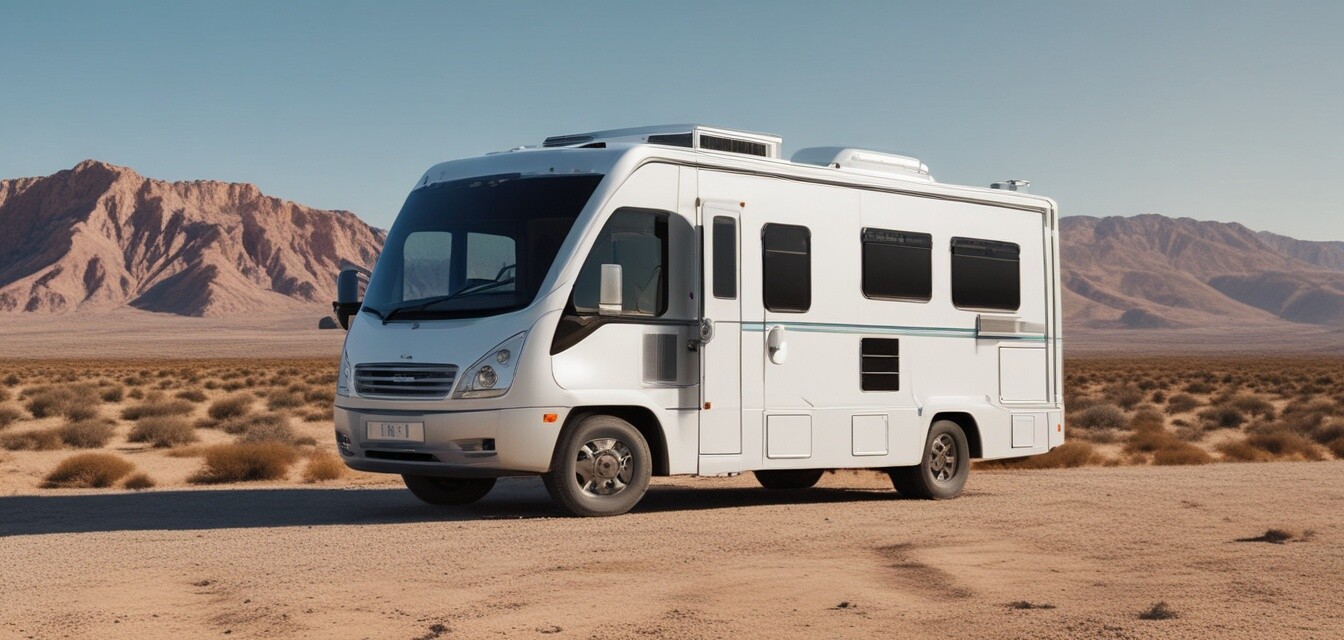
How to Upgrade Your RV Solar System
Key Takeaways
- Assess your current solar setup and determine performance needs.
- Invest in high-quality solar panels and batteries for better efficiency.
- Optimize your system with proper wiring and components like inverters.
- Consider portable solar options for flexibility and additional power.
- Regular maintenance will prolong the life of your solar system.
Upgrading your RV solar system can greatly enhance your energy independence and overall camping experience. By evaluating your existing setup and selecting the right components, you can ensure that your solar system meets your power needs effectively. In this guide, we will explore various aspects of upgrading your solar system, providing you with insights into the best equipment and configurations to consider.
Assessing Your Current Solar System
Before making any upgrades, it's essential to conduct a thorough assessment of your current solar system. Here are some factors to evaluate:
- Power Needs: Calculate your daily energy consumption. Consider all appliances, lights, and devices you use while camping.
- Solar Panel Output: Check the wattage of your existing solar panels. Are they meeting your power needs?
- Battery Capacity: Assess your current battery bank. Is it sufficient for your energy usage?
- Inverter Efficiency: Evaluate your inverter’s capacity and whether it can handle your power demands.
Calculating Your Energy Needs
Creating a list of appliances and their power ratings can help you determine your energy needs effectively. Here’s a simple template to guide you:
| Appliance | Wattage | Hours Used/Day | Total Daily Usage (Watt-Hours) |
|---|---|---|---|
| Refrigerator | 200 | 24 | 4800 |
| LED Lights | 10 | 5 | 50 |
| Laptop | 60 | 4 | 240 |
| Phone Charger | 10 | 2 | 20 |
| Total | 5090 |
Choosing the Right Equipment
Once you have assessed your needs, it’s time to choose the right equipment for your upgraded solar system.
Solar Panels
Investing in high-quality solar panels is critical for maximizing energy absorption. Consider the following:
- Choose between monocrystalline and polycrystalline panels based on efficiency and space.
- Look for panels with a higher wattage rating for better performance.
- Ensure the panels come with a good warranty for peace of mind.
Battery Systems
Your battery bank is the heart of your solar system. Upgrading to a more robust battery system can significantly enhance your energy storage capabilities. Here are a few options:
- AGM Batteries: Reliable and maintenance-free but less efficient than lithium.
- Lithium Batteries: More expensive but have a longer lifespan and can be cycled more frequently.
- Lead-Acid Batteries: Cost-effective with a shorter lifespan, suitable for light usage.
Inverters
Selecting the right inverter is essential for converting DC power from your solar panels to AC power for your appliances:
- Look for a pure sine wave inverter for compatibility with sensitive electronics.
- Consider an inverter with a higher capacity than your total power needs for future upgrades.
Wiring and Installation Considerations
Proper wiring and installation techniques can significantly influence the efficiency of your solar system. Here are some tips:
Wiring Gauge
Using the correct wire gauge can help minimize energy losses. Here’s a simple guide to wire sizes based on current:
| Current (Amps) | Wire Gauge |
|---|---|
| 0-10 | 14 AWG |
| 10-20 | 12 AWG |
| 20-30 | 10 AWG |
| 30-40 | 8 AWG |
Installation Tips
Beginner Installation Tips
- Read all manuals and instructions before beginning the installation.
- Allocate sufficient space for panels to avoid shading and maximize sunlight exposure.
- Use weatherproof connectors to protect against corrosion and wear.
- Check local codes and regulations to ensure compliance with safety standards.
Maintaining Your Solar System
Maintenance is vital for the longevity and efficiency of your solar setup. Consider implementing the following practices:
- Regularly clean solar panels to remove dust and debris.
- Inspect wiring and connections for signs of wear or damage.
- Monitor battery health and replace batteries as needed.
- Keep an eye on the inverter for proper functionality.
Common Pitfalls to Avoid
Upgrading your RV solar system can come with its challenges. Here are a few common pitfalls to watch out for:
- Underestimating energy needs, leading to insufficient solar or battery capacity.
- Using the wrong type of wiring for your current load.
- Ignoring the placement of solar panels, resulting in reduced efficiency.
- Neglecting to check system compatibility before purchasing new components.
Pros
- Enhanced energy independence
- Long-term cost savings on power
- Flexible energy solutions
- Improved off-grid camping experiences
Cons
- Initial cost can be high
- Requires knowledge for proper setup
- Maintenance can be time-consuming
Conclusion
Upgrading your RV solar system can transform your travel experience, providing you with reliable power whenever and wherever you need it. By carefully assessing your needs, selecting quality equipment, understanding installation requirements, and committing to maintenance, you can optimize your solar setup for years of sustainable energy. For more information on different solar components, check our detailed guides on complete solar systems, battery systems, and inverters for RVs.